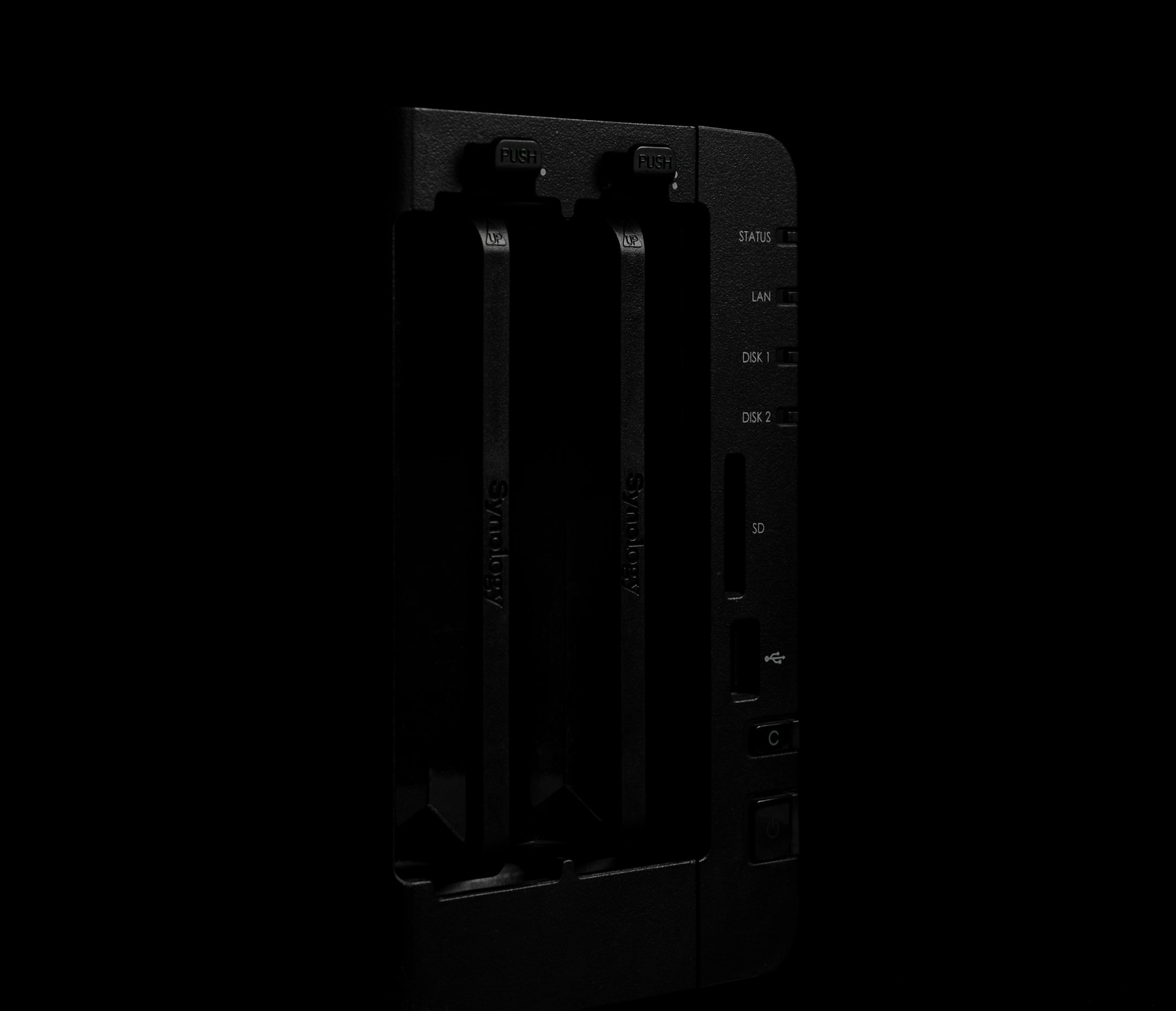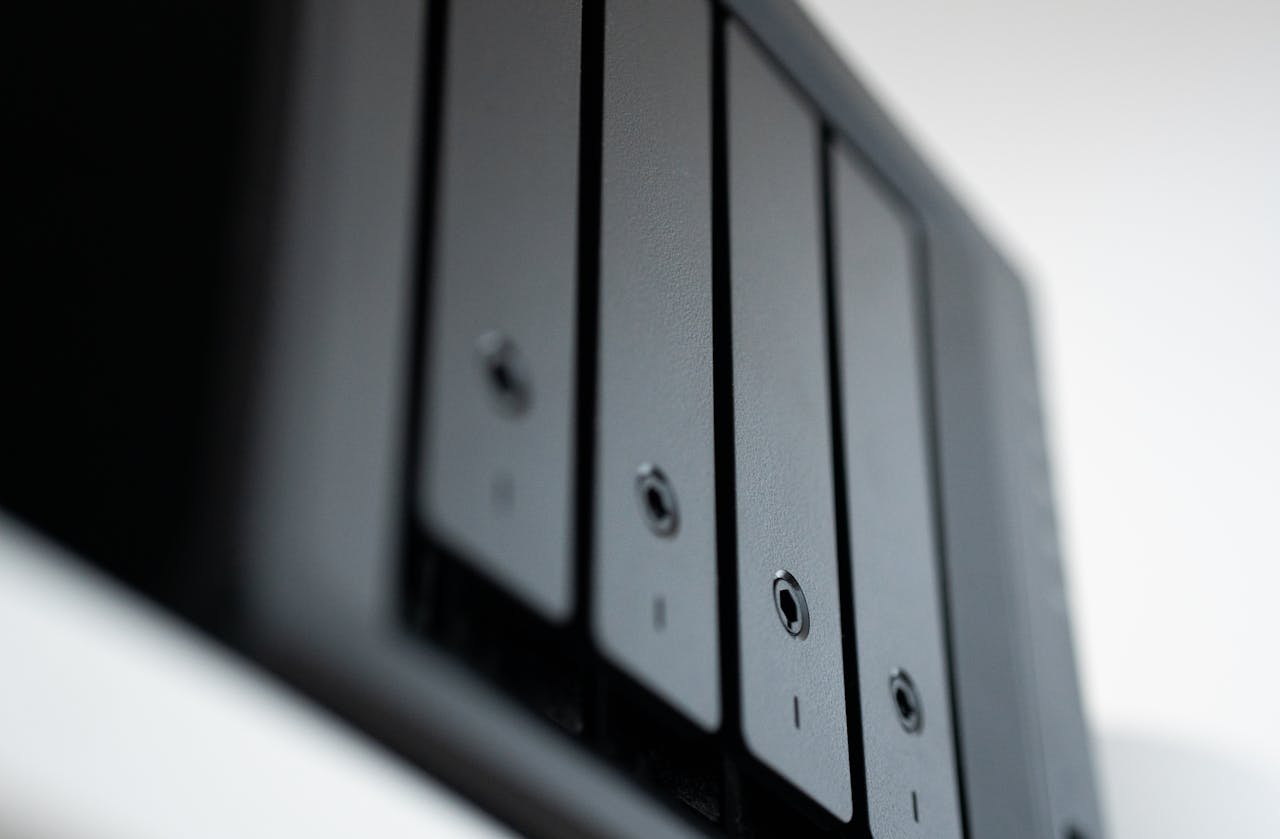What is a NAS?
A Network-Attached Storage (NAS) device is like having your own private cloud server at home. Instead of relying on services like Google Drive or Dropbox, a NAS lets you store, access, and share files directly from your local network—with full control over your data.
| NAS | External HDD | Cloud Storage |
|---|---|---|
| Centralized access | Single-device use | Requires internet |
| No monthly fees | Portable but fragile | Subscription costs |
| Customizable security | No redundancy | Privacy concerns |
How does a NAS work?
A NAS isn’t just a hard drive—it’s a mini-computer with these key components:
- Hard Drives (HDD/SSD): Stores your data (often in RAID for redundancy).
- Operating System: Specialized software like TrueNAS or Synology DSM manages files and apps.
- Network Protocols: Uses SMB/NFS to share files across devices (Windows, Mac, Linux).
Example Setup:
- Connect NAS to your router via Ethernet.
- Access files from any device (even remotely with setup).
- Install apps like Plex for media streaming.
Why Use a NAS?
Top 3 Benefits of using a NAS
- Backups: Automatically save copies of family photos, documents, etc.
- Media Streaming: Watch 4K movies on any TV with apps like Plex.
- Privacy: No third-party cloud providers snooping on your files.
Summary
In summary, these are key takeaways on the basic knowledge of a NAS:
- ✅ NAS = Your own cloud: Store files centrally and access them anywhere.
- ✅ More than storage: Run apps (backups, media servers, VPNs).
- ✅ Scalable: Start with 2 drives, expand to 8+ bays later.
Table of Content



